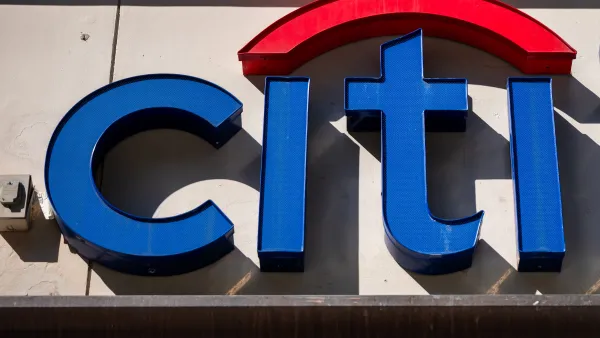Just like the adventures of Dorothy, Scarecrow, Lion and the Tin Man as they followed the yellow brick road to seek help from the great and powerful Oz, bankers serving the cannabis industry today are confronted by a myriad of challenges as market conditions change and new obstacles appear before them.
As I reflect on the current landscape, it's clear that margin compression and ongoing regulatory changes at the federal and state levels are some of the biggest challenges facing licensed cannabis operators and financial institutions alike. However, amidst these challenges, there is a compelling path forward for bankers to serve the cannabis industry successfully and even gain a strong competitive advantage in the process.
Stabilizing Margins
Over the past few years, many cannabis markets faced serious margin compression, creating a challenging operating environment for licensed cannabis businesses. Fortunately, we seem to have reached a point where the market is leveling out. This stabilization has two key benefits. First, it allows operators to have more dependable revenue to manage their businesses and have a better chance for long-term success. Second, it weeded out the really smart and proficient business operators from those who were just interested in riding the highs (puns intended!).
Looking ahead, we are hopeful for a fix to the 280E tax code with the rescheduling of cannabis from a Schedule I to Schedule III controlled substance based on recommendations by the U.S. Department of Health and Human Services (HHS). This would have a material impact on profitability for operators, and, as they become more profitable, they will have more deposit balances and become better prospects for lending.
Finding Operational Efficiencies
Just as operators have felt the margin squeeze, bankers have and continue to face a very challenging deposit market. Competition for high-value deposits, like those offered by the cannabis industry, is requiring bankers to be more thoughtful about their service charge structures.
There’s also increased pressure on banks and credit unions to control operational expenses and ensure that the time and resources they are spending on compliance is yielding the biggest bang for their buck. Whether that's looking at the frequency of events or the type of information being collected, financial institutions should be getting the information they need to be compliant, while not overburdening the compliance organization with things that aren't materially changing the risk or helping to mitigate risk. Leveraging technology to automate and improve compliance processes can be an accelerant to achieve those goals.
A Pendulum Shift to Earning Assets
For most bankers, the past year has been all about funding – where are they going to get deposits and how can they get them at the lowest cost? If I’ve learned anything in my 30 years working in the financial services and fintech industries, there’s always a pendulum in banking. While we swung hard to deposits and funding in 2023, the pendulum will swing back toward earning assets, and that market has also changed.
With commercial real estate, retail and mortgage markets all likely to face continued challenges in the year ahead, it appears that the traditional earning asset categories may not be as attractive from a credit quality standpoint. As bankers think about where their next tranche of earning assets will come from, they should consider lending to the cannabis industry. Cash flow, profitability and access to credit were stated as the top concerns for licensed operators heading into 2024, according to our survey of licensed operators. The margin stabilization we're seeing in markets with some level of maturity compounded with the prospect of a 280E correction could make these borrowers much more attractive to financial institutions.
With technology and strong compliance practices in place, bankers can leverage the data they have on these customers to help mitigate some of the real or perceived credit risk and, best of all, there's still an opportunity to get a premium over similarly risked credit.
To learn more about lending to the cannabis industry, please download our Cannabis Lending Guide.










